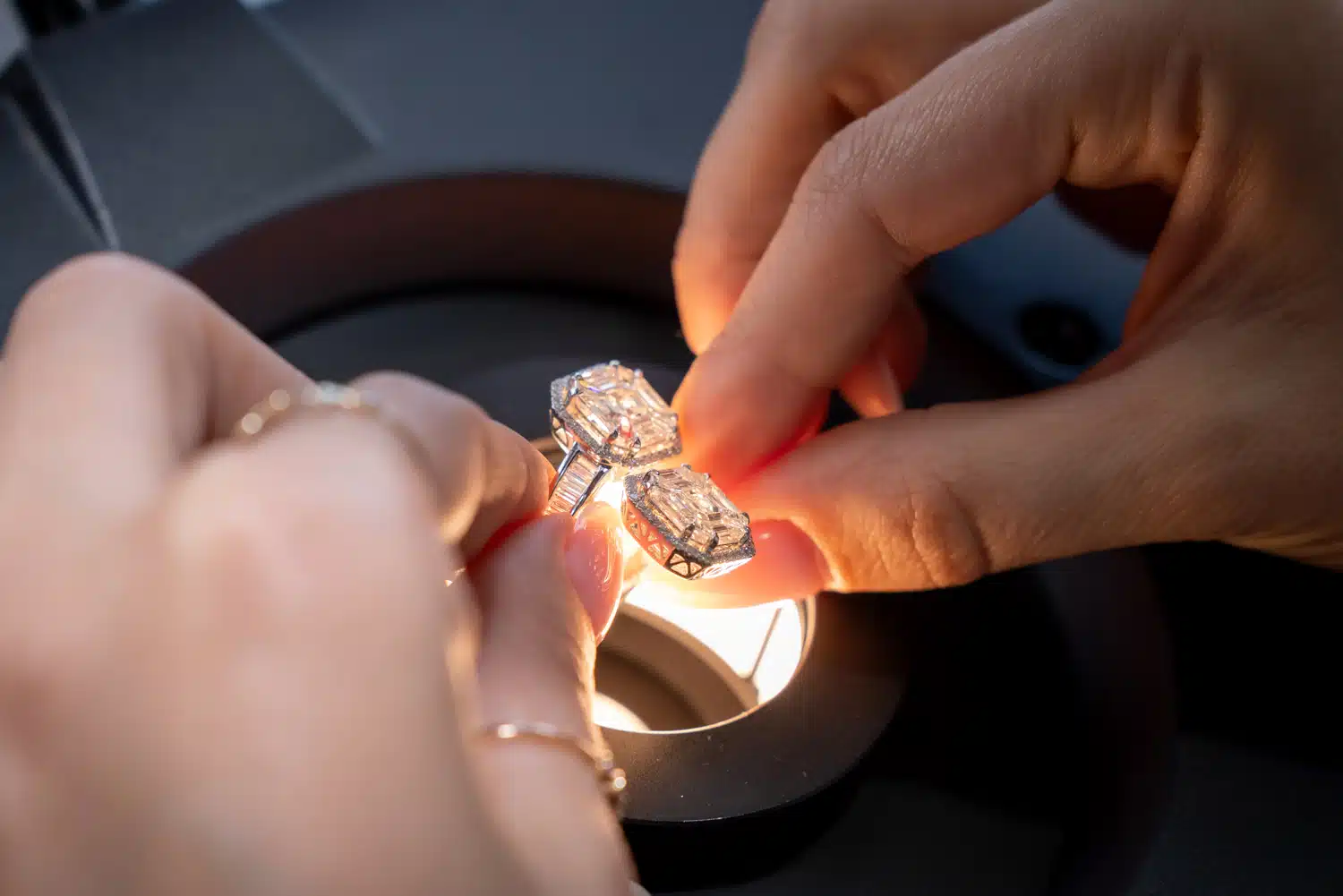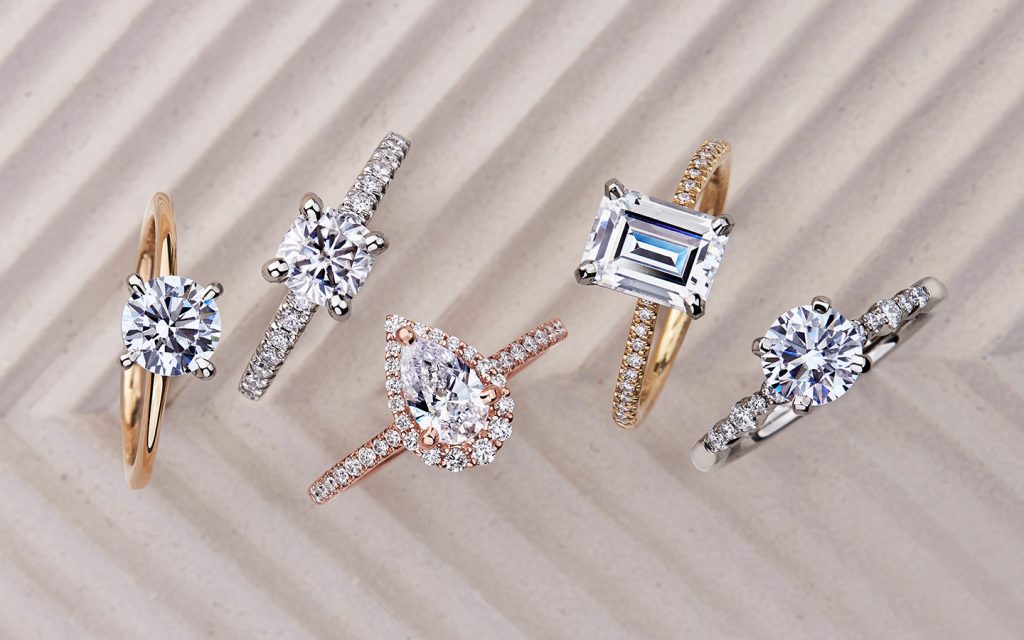Introduction
In today’s evolving jewelry market, lab-grown diamonds are emerging as a compelling alternative to mined diamonds. With advancements in technology and growing environmental awareness, these diamonds offer a unique set of benefits that challenge traditional perceptions of luxury and value.
What are Lab Diamonds?
Lab diamonds, also known as synthetic or cultured diamonds, are created in controlled environments that replicate the natural diamond growing process. They share the same chemical composition and physical properties as natural diamonds but are grown in weeks rather than over millions of years underground.
Benefits of Lab Diamonds
Lab diamonds boast several advantages over their mined counterparts, including:
Environmental Impact
Unlike mining, which involves extensive land disruption and energy-intensive processes, lab diamond production has a significantly lower environmental footprint. This sustainable approach appeals to eco-conscious consumers seeking ethically sourced jewelry options.
Comparison with Mined Diamonds
When it comes to quality, affordability, and ethical considerations, lab diamonds often outshine mined diamonds.
Quality and Purity
Lab diamonds adhere to strict grading standards that ensure consistent quality and purity. These standards are based on the same criteria used for natural diamonds, covering factors such as:
Grading Standards
Lab diamonds are better for cut, clarity, color, and carat weight, ensuring transparency and reliability for consumers.
Physical Properties
Their chemical composition and physical hardness match that of natural diamonds, offering durability and brilliance comparable to mined stones.
Price and Affordability
One of the most compelling reasons consumers opt for lab diamonds is their affordability relative to mined diamonds.
Cost Factors
The controlled production environment and shorter manufacturing process contribute to lower costs, making lab diamonds a cost-effective choice without compromising on quality or appearance.
Ethical Considerations
The ethical implications of diamond mining have sparked global concerns, prompting many consumers to seek alternatives that align with their values.
Human Rights Issues
Traditional diamond mining has been linked to issues such as labor exploitation and human rights abuses, particularly in regions with lax regulations.
Conflict-Free Claims
Lab diamonds provide a transparent, conflict-free alternative, appealing to conscientious buyers who prioritize ethical sourcing.
Community Impact
By supporting sustainable practices and ethical production, lab diamonds contribute positively to communities by reducing environmental harm and supporting fair labor practices.
Popularity and Market Trends
The demand for lab diamonds continues to rise as consumers become more informed about their options and preferences shift towards sustainability and innovation in jewelry.
Consumer Demand
Changing fashion trends and increasing awareness of sustainability drive consumer interest in lab-grown diamonds.
Fashion and Trends
Lab diamonds are embraced by fashion-forward individuals seeking unique, customizable jewelry that reflects their personal style.
Market Growth
The jewelry industry is adapting to meet the growing demand for lab diamonds, with more retailers and designers incorporating these stones into their collections.
Industry Acceptance
Lab diamonds have gained acceptance among jewelers and industry experts, further validating their place in the market as a viable alternative to mined diamonds.
Myths and Misconceptions
Despite their advantages, lab made diamonds face misconceptions rooted in cultural perceptions and historical value.
Perceived Value
Some consumers equate natural diamonds with higher status and intrinsic value, overlooking the comparable qualities of lab diamonds.
Cultural and Historical Views
Traditional beliefs and marketing narratives have shaped perceptions of diamonds as rare and inherently valuable, influencing consumer preferences.
Investment Potential
While natural diamonds historically retained value, lab diamonds offer a modern perspective on luxury with potential for investment in a changing market landscape.
Conclusion
In conclusion, lab diamonds represent a transformative shift in the jewelry industry, offering superior quality, ethical transparency, and environmental sustainability. As consumer awareness grows and preferences evolve, these synthetic gems are poised to redefine what it means to own a beautiful and responsible piece of jewelry. Whether for their brilliance, affordability, or ethical appeal, lab diamonds stand as a testament to innovation and conscientious consumerism in the modern age.





More Stories
Rethinking Rarity: Mined Diamonds in Perspective
Navigating Scrap Gold Prices in Perth: Market Trends, Valuation Tips, and Investment Strategies
Greeley DUI Attorney: Your Ultimate Guide to Expert Legal Assistance